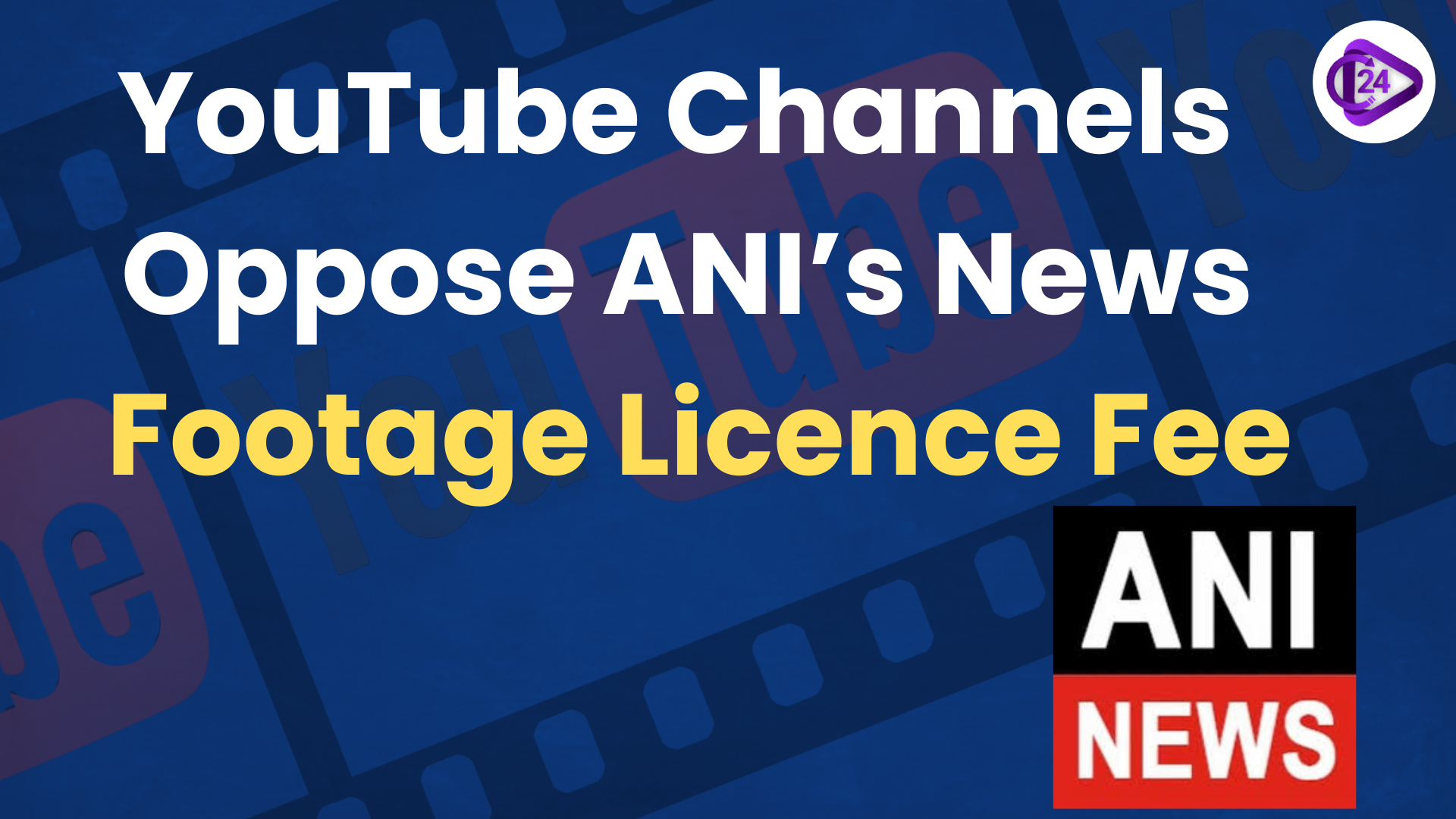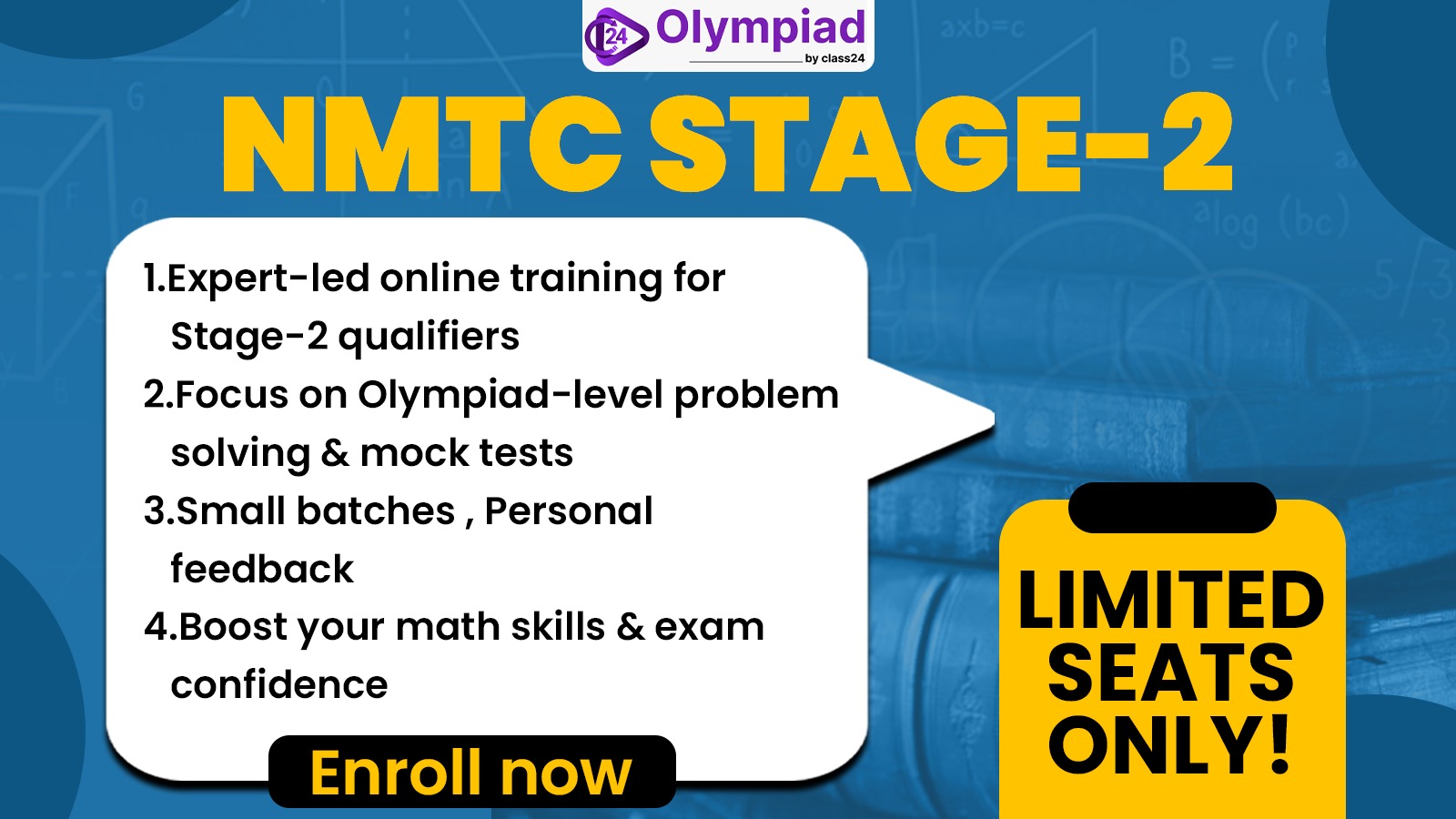
Many Indian YouTubers have spoken out after facing reports from ASNI saying they used their footage without proper authorization. Because ANI wants YouTubers to pay a lot of money for news content, many YouTubers argue that these high fees and claims of damages go against fair use rules and stop creativity.
Summary:
-
Anger over ANI asking YouTube creators to pay for its footage led to protests claiming it went against fair use laws.
-
It points out difficulties in making sure copyright laws support free creativity on the internet.
Key Points
ANI demands that broadcasters pay a licence fee.
-
ANI was seeking over ₹48 lakh and GST annually from anyone using their footage without a license on YouTube.
-
Mohak Mangal was among the YouTubers who argued that they could use a clip for a short time because of fair use law.
The effects on YouTubers
-
Statistics show that YouTube channels may lose income if they receive too many copyright notices from ANI, which could result in suspension if they collect three notices over 90 days.
-
This means people in the creative field are often forced to negotiate with copyright owners at a high price.
Fair Use as described in the Indian Copyright Law
-
Youtubers can use a copyrighted source in limited ways thanks to fair use/fair dealing.
-
The Copyright Act, 1957 permits the use of copyrighted material for personal, critical, review, court, and news functions.
-
YouTubers say they are following the exemptions set out in the law.
YouTube’s Role and Position
-
YouTube steps in to let creators challenge claims about their work from rights holders.
-
The site cannot determine who owns an artwork, but it helps with the enforcement of copyright guidelines.
Creative Expression vs Copyright Protection
-
Some creators say that over-strict copyright enforcement endangers the freedom to create and creates a dangerous pattern.
-
This situation represents the conflict between safeguarding intellectual property and helping people make digital content.
Conclusion
The conflict between ANI and YouTube points to the difficult task of trying to balance copyright rules with the right to express ourselves digitally. Looking after intellectual property is necessary, but too-strict demands for licensing can threaten the lively atmosphere in the creative fields. We require clearer and wider dialogues to align copyright rules with the way content is produced in the digital world.



 World’s 1st Functioning AI-designed Viral Genome
World’s 1st Functioning AI-designed Viral Genome AI-led Efficiencies Could Contribute to 8% GDP Growth Target: NITI Aayog
AI-led Efficiencies Could Contribute to 8% GDP Growth Target: NITI Aayog India Projects Five-fold Growth in Space Economy to $44 Billion by 2033
India Projects Five-fold Growth in Space Economy to $44 Billion by 2033 Ministry of Tribal Affairs to Launch the Beta Version of “Adi Vaani”
Ministry of Tribal Affairs to Launch the Beta Version of “Adi Vaani” UNGA Launches Two New Initiatives to Strengthen Global Cooperation on AI Governance
UNGA Launches Two New Initiatives to Strengthen Global Cooperation on AI Governance ISRO holds Air Drop Test for Gaganyaan Mission
ISRO holds Air Drop Test for Gaganyaan Mission Tiny Gold Particles can help early detection of Parkinson’s Disease
Tiny Gold Particles can help early detection of Parkinson’s Disease National Space Day 2025 Celebrated Across India
National Space Day 2025 Celebrated Across India Malaria’s New Frontlines: Vaccines, Innovation, and the Indian Endgame
Malaria’s New Frontlines: Vaccines, Innovation, and the Indian Endgame India-NASA Earth Observation Partnership: NISAR Satellite Launch
India-NASA Earth Observation Partnership: NISAR Satellite Launch






